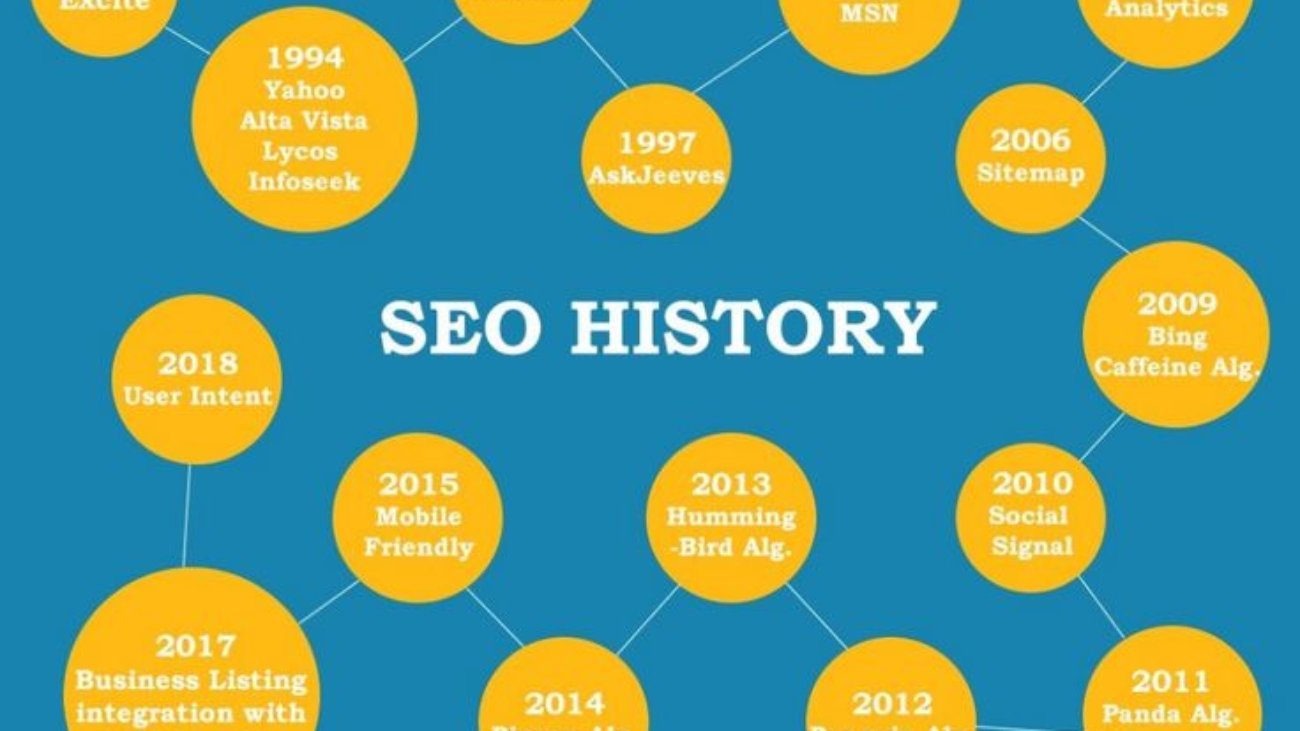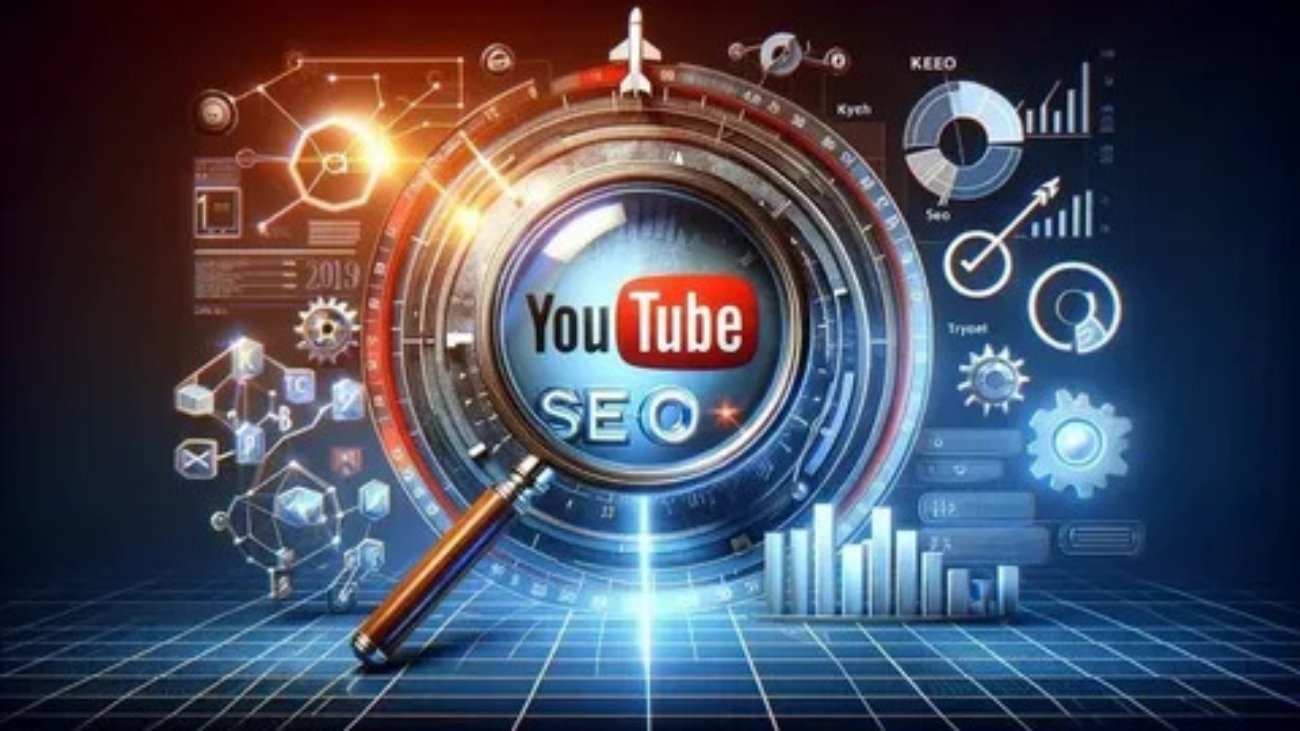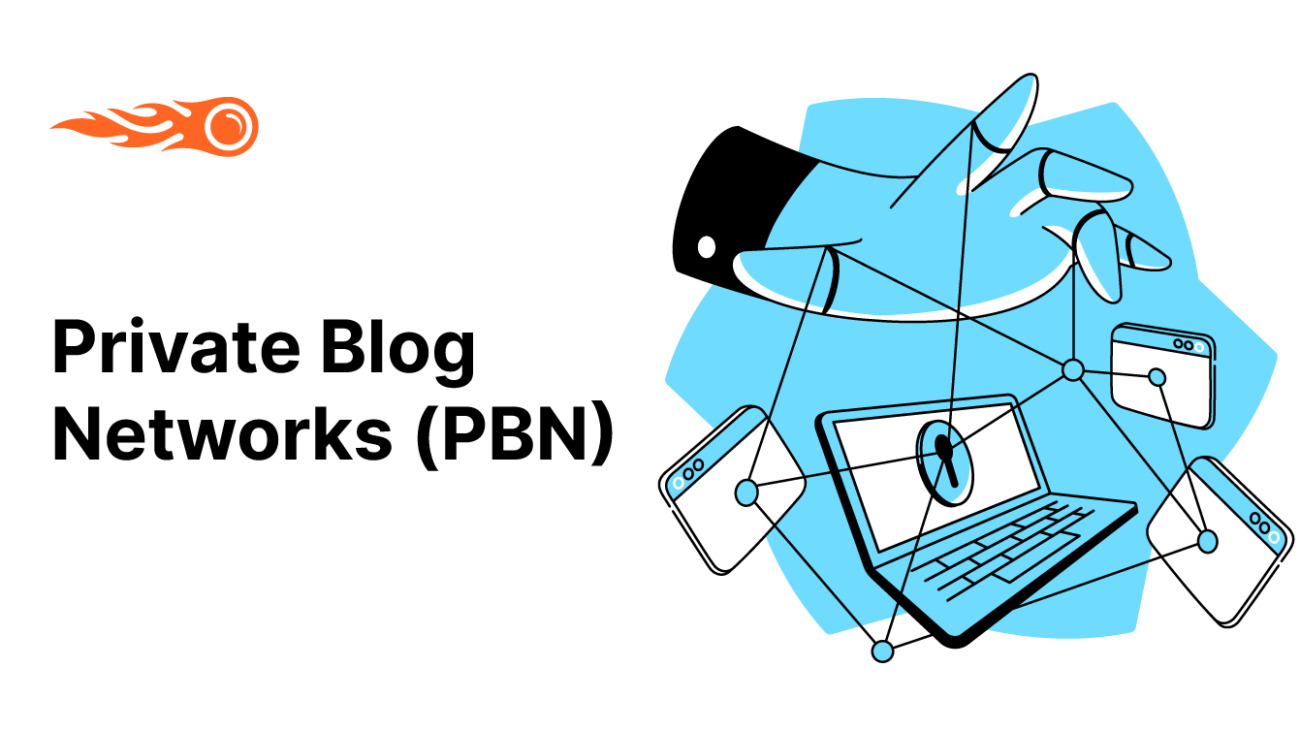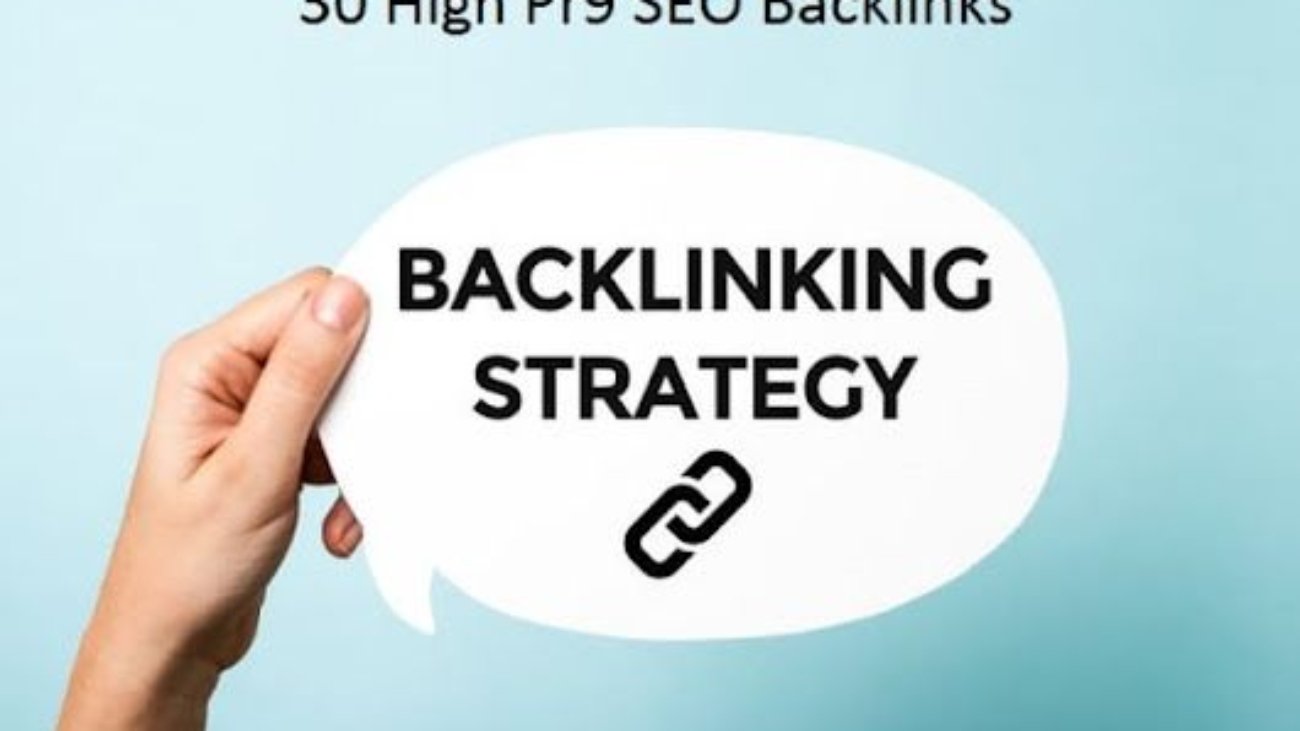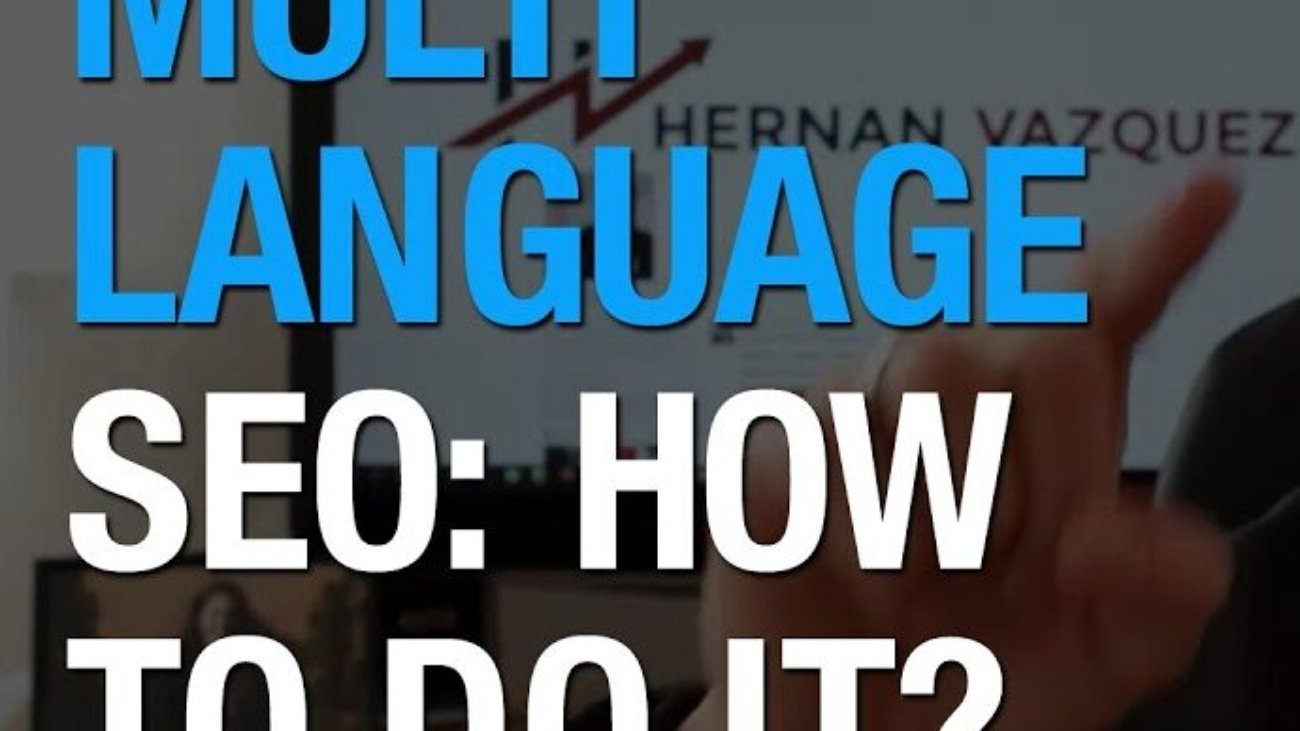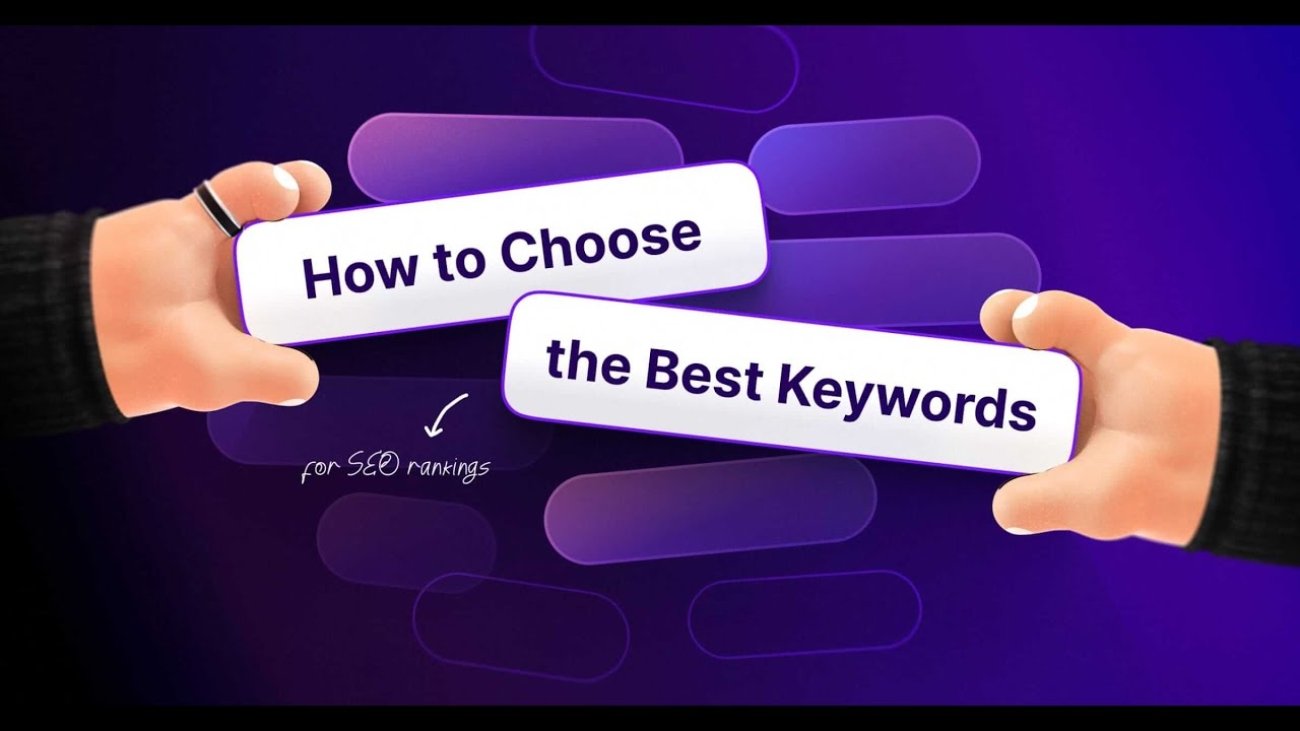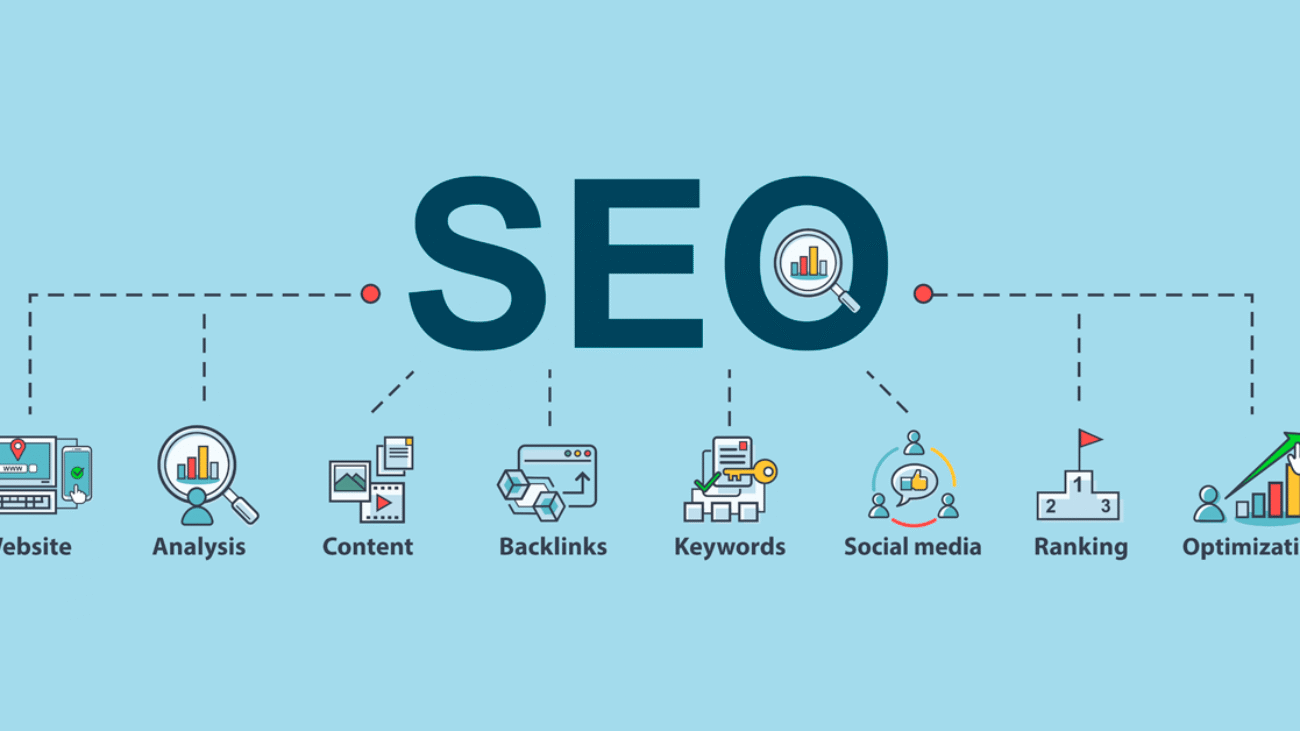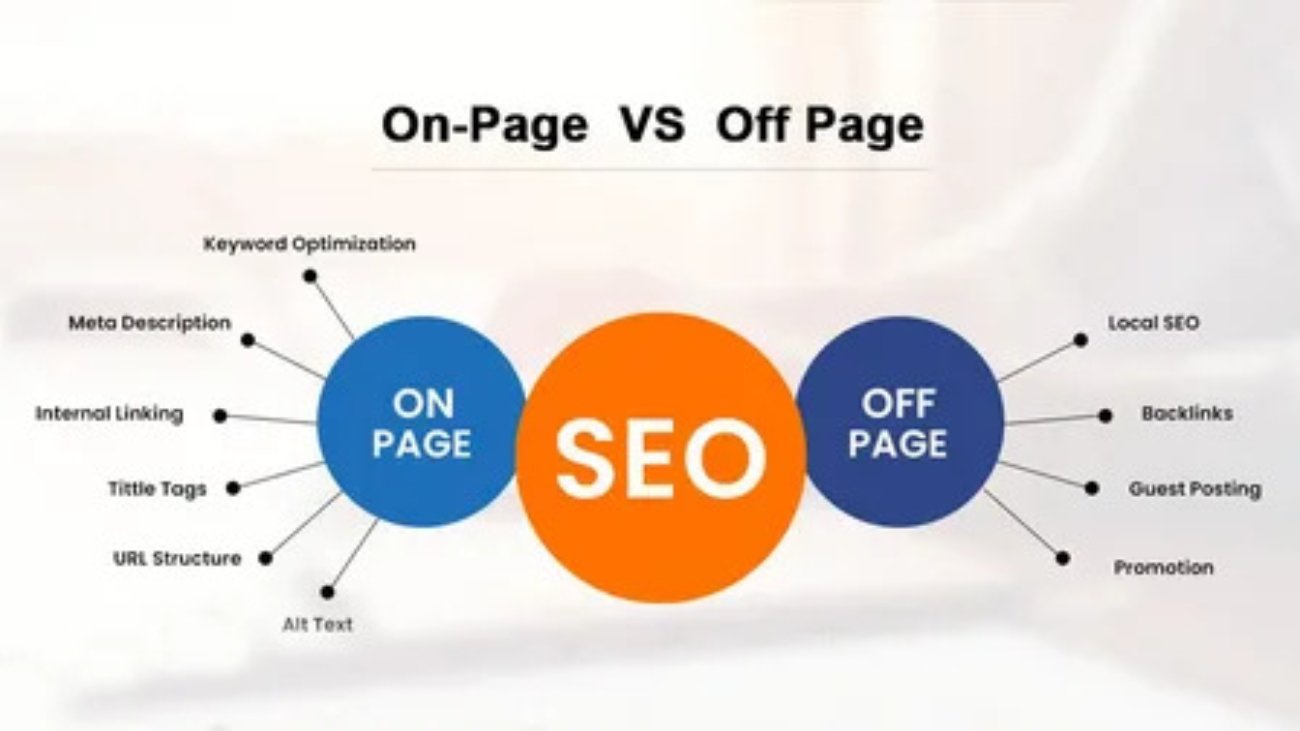Introduction
Search Engine Optimization (SEO) is the art and science of increasing a website’s visibility in search engines like Google, Bing, and Yahoo. But to truly understand SEO today and where it’s going you need to look back.
The evolution of SEO is closely tied to the history of the internet, changes in search engine algorithms, and the way users interact with content. From keyword stuffing in the 1990s to AI-powered search in 2025, SEO has grown into a vital, dynamic, and ever-changing discipline.
This article explores the timeline of SEO, its milestones, and why it continues to evolve, making it one of the most foundational pillars of digital marketing.
The Birth of Search Engines (1990s)
In the early 1990s, the internet was a wild frontier. Search engines like Archie, Excite, Lycos, and AltaVista appeared to help users find web content. However, their algorithms were primitive. Websites were ranked based on keyword frequency and meta tags.
Early SEO Tactics:
-
Keyword stuffing
-
Hidden text and links
-
Submitting URLs manually to search engines
-
Meta tag manipulation
There were no clear rules, and black-hat tactics worked easily. It was a “wild west” era of SEO no penalties, just basic sorting.
Google Enters the Game (1998)
The real turning point came when Google launched in 1998. Unlike its competitors, Google used PageRank, a revolutionary algorithm that evaluated websites based on the number and quality of links pointing to them.
This changed everything.
Google’s Early SEO Impacts:
-
Backlinks became critical
-
Content quality started to matter
-
Meta keyword stuffing began to fade
SEO professionals now had to balance keyword usage with link-building strategies, introducing a new level of complexity.
The Rise of Content and Anchor Text (Early 2000s)
As Google matured, anchor text, the clickable text in a hyperlink, became a strong ranking factor. At the same time, blogs and content marketing exploded.
Notable Milestones:
-
Launch of Google AdWords (2000)
-
Rise of WordPress (2003)
-
Introduction of sitemaps and robots.txt
Content creators began publishing keyword-rich blogs, and SEOs focused on getting backlinks with exact-match anchor text a practice later abused.
The First Google Updates (2003–2005)
Google noticed growing abuse and began releasing algorithm updates to improve user experience.
Key Updates:
-
Florida Update (2003): Penalized keyword stuffing and hidden text
-
No follow attribute (2005): Introduced to prevent spammy link schemes
These changes marked the start of ethical SEO, pushing the community to favor quality over quantity.
The Era of Link Building and Spam (2006–2010)
SEO reached a tipping point where link building was everything. Techniques like:
-
Article spinning
-
Link directories
-
Private Blog Networks (PBNs)
-
Comment spam
…became mainstream.
While these black-hat tactics worked for a while, Google was watching.
The Panda and Penguin Era (2011–2014)
Google launched Panda in 2011 and Penguin in 2012 two of the most disruptive updates in SEO history.
Panda Targeted:
-
Thin content
-
Duplicate content
-
Content farms
Penguin Targeted:
-
Unnatural backlinks
-
Over-optimized anchor text
-
Link manipulation
Many websites saw their traffic disappear overnight. This era taught SEO professionals the importance of authenticity, user value, and natural link-building.
The Rise of Mobile and User Experience (2015–2018)
User behavior was changing. More searches were happening on mobile than desktop.
Key SEO Shifts:
-
Mobilegeddon (2015): Prioritized mobile-friendly sites
-
AMP (Accelerated Mobile Pages) launched for faster load times
-
HTTPS became a ranking signal
-
Voice Search began gaining traction
Google’s algorithm started rewarding speed, structure, and user satisfaction, forcing websites to adapt or vanish.
BERT and Natural Language Processing (2019–2020)
With the BERT (Bidirectional Encoder Representations from Transformers) update, Google became much better at understanding context, intent, and nuance in language.
What Changed:
-
Keyword matching took a back seat to semantic understanding
-
Google could now handle conversational queries
-
Long-form, in-depth content began to outperform thin, keyword-stuffed pages
It was a shift from optimizing for keywords to optimizing for humans.
SEO in the AI Era (2021–2024)
The AI revolution changed how people searched and how content was created.
Major Trends:
-
Google’s Helpful Content Update: Penalized content written purely for rankings
-
AI-generated content (via GPT and other models) flooded the web
-
E-E-A-T (Experience, Expertise, Authoritativeness, Trustworthiness) became crucial
-
Visual and voice search became more mainstream
SEO began to blur the lines with content strategy, UX, and brand building.
10. SEO in 2025: Why It’s Still Evolving
Today, SEO is not just about search engines it’s about helping users discover trustworthy, meaningful, and timely content wherever they are.
What’s New in 2025:
-
Search Generative Experience (SGE) from Google: AI-powered summaries are changing how users interact with search
-
Zero-click searches dominate, where users find answers without leaving the SERP
-
Video SEO (especially for YouTube and TikTok) has become a major branch of SEO
-
Voice AI assistants like Alexa and Siri answer queries using structured content
-
Core Web Vitals and page experience metrics are still essential
-
Structured data and schema mark up give content more visibility
SEO is now a multidisciplinary field spanning content, development, design, AI, analytics, and public relations.
Why SEO Will Keep Evolving
Search engine optimization will continue evolving for three key reasons:
User Behavior Changes
Searchers today use voice, mobile, social, and even AI chat interfaces. SEO must adapt to all platforms.
Technology Advances
AI, machine learning, AR/VR, and personalization are reshaping how results are delivered.
Search Engine Innovations
Google, Bing, and other engines are constantly changing how they rank and serve content.
That’s why ongoing learning and adaptation are core to any successful SEO strategy.
Lessons from the SEO Timeline
What You Should Always Do:
-
Prioritize high-quality, helpful content
-
Earn links, don’t buy them
-
Design with users (not bots) in mind
-
Stay updated on algorithm changes
-
Think long-term not shortcuts
SEO is not a hack it’s a strategic, evolving practice built on value creation and discoverability.
Final Thoughts: From Keywords to Conversations
The journey of SEO from keyword stuffing to semantic search and AI-generated experiences reveals one truth: SEO is about connecting people to solutions.
As search engines grow more intelligent, human-focused optimization becomes the gold standard. In 2025 and beyond, mastering SEO requires a blend of technical skills, creativity, empathy, and adaptability.
So whether you’re an intern or an enterprise marketer, understanding the history of SEO helps you respect its roots and prepare for its future.
The Future of SEO: What’s Next?
As we look forward, SEO in 2025 and beyond is no longer just about websites and search engines it’s about how people find information in a fast-evolving digital ecosystem. Whether through AI chatbots, voice assistants, video snippets, or social search, users want answers instantly and contextually.
AI-First Search
Google’s Search Generative Experience (SGE), Bing’s integration with Chat GPT, and tools like Perplexity.AI have drastically changed how users interact with content. Instead of seeing 10 blue links, people get summarized answers, rich snippets, or direct responses generated by AI.
This means traditional SEO strategies need to evolve. Brands now need to:
-
Structure content to appear in AI-generated summaries
-
Use schema mark up more extensively
-
Answer search intent more precisely, quickly, and clearly
Optimizing for AI means writing for both users and algorithms, using structured content that can be easily parsed and served up by machines.
Privacy, Personalization & User-Centric SEO
As privacy laws tighten, from GDPR in Europe to CCPA in California, the SEO landscape is becoming more user-centric. Google has phased out third-party cookies, and search is increasingly tailored to user preferences, locations, and devices.
This shift emphasizes:
-
First-party data strategies
-
Localized SEO
-
Content personalization based on intent
SEO is no longer one-size-fits-all it’s hyper-targeted.
SEO = Continuous Learning
One key takeaway from SEO’s history? It never stops evolving. Every few years, a major shift (like Panda, BERT, or AI search) reshapes the landscape.
To stay ahead:
-
Follow thought leaders and SEO blogs
-
Regularly audit your website
-
Experiment with emerging formats like web stories, short-form video, and AI-augmented content
Mastering SEO is not just about mastering tactics it’s about mastering adaptability.
